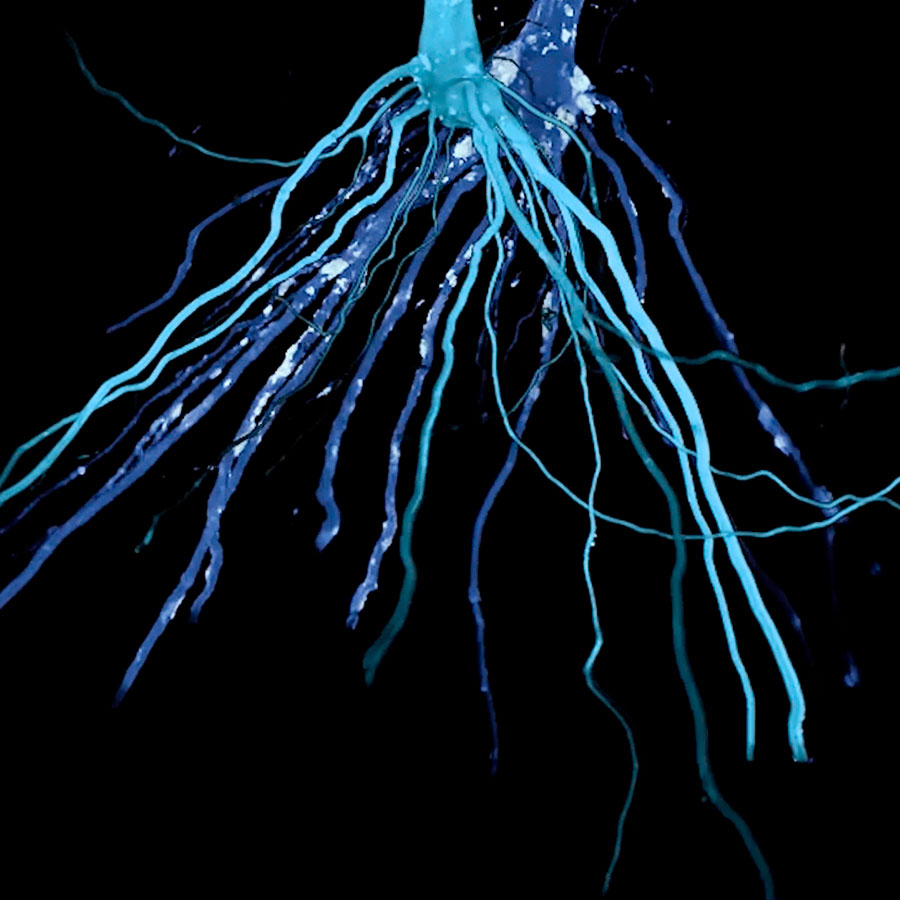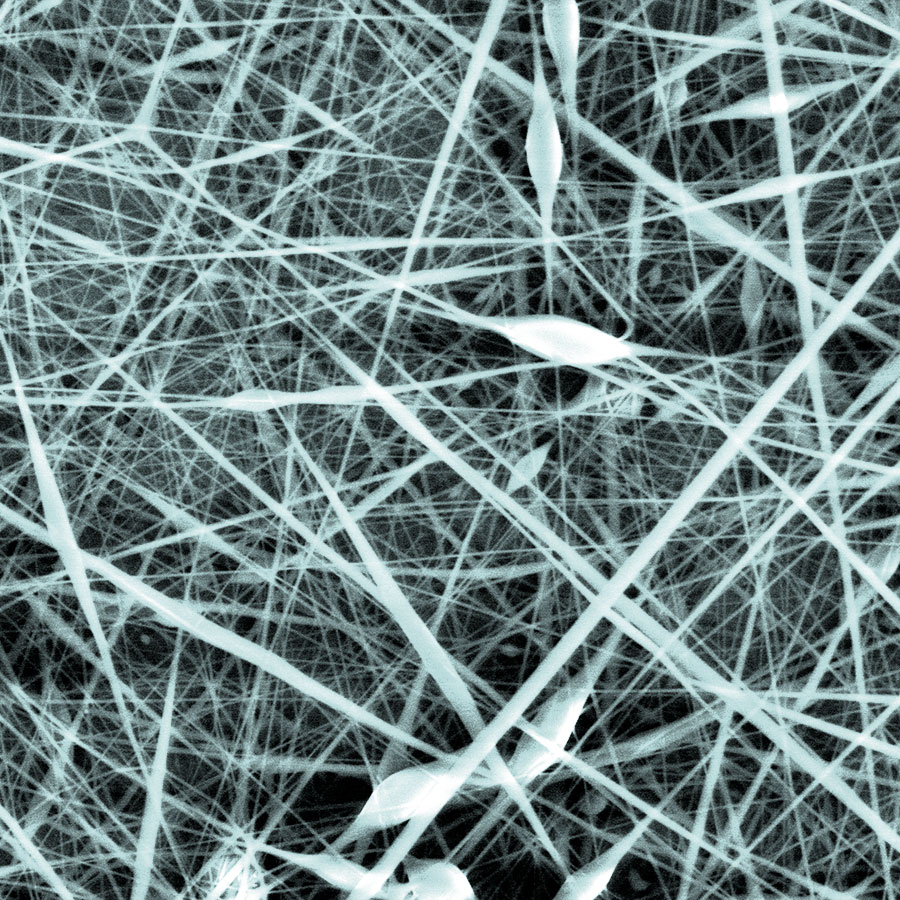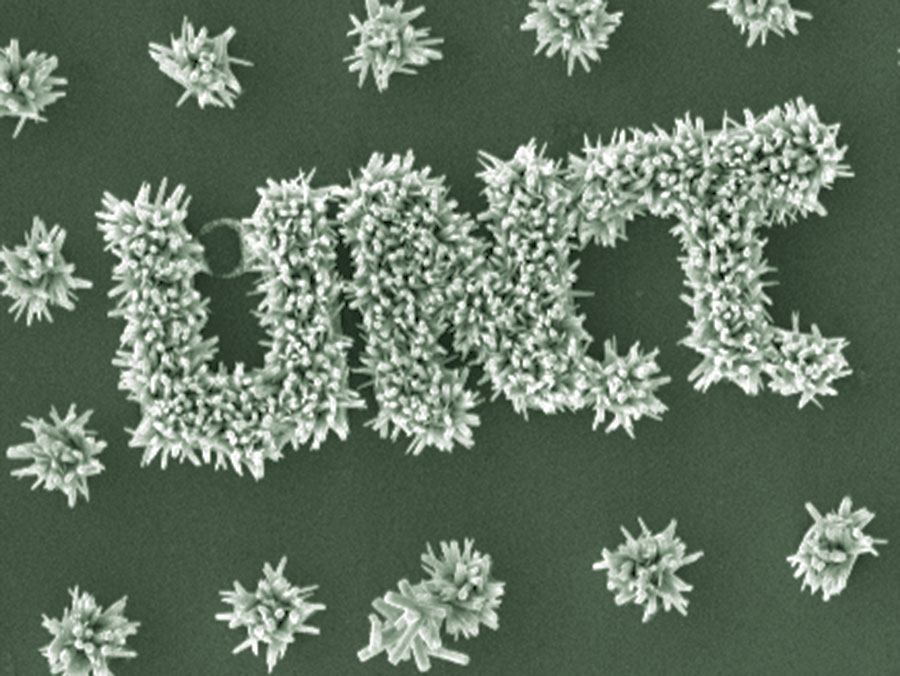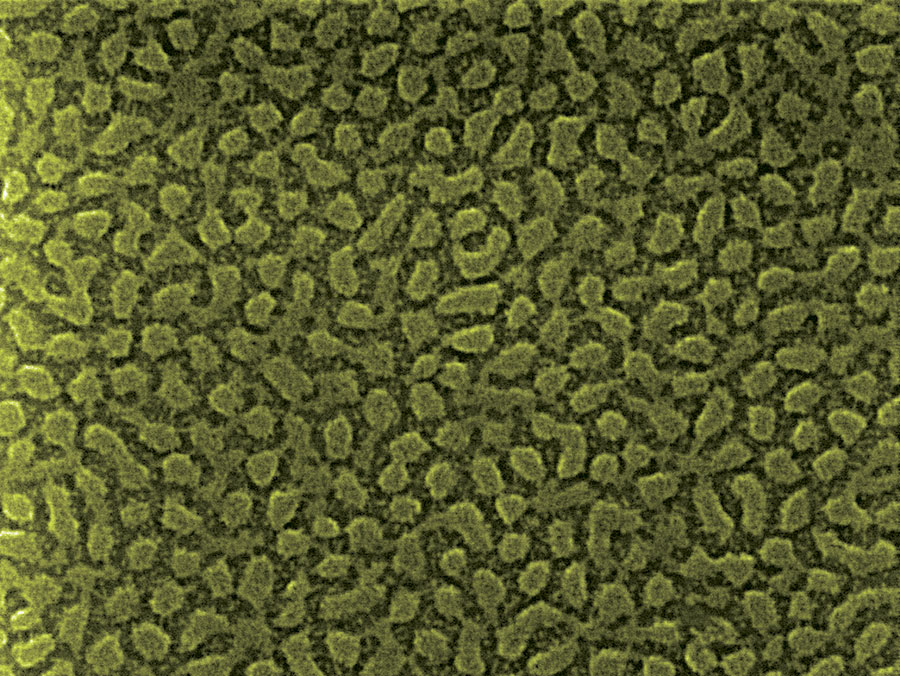They are created through a process called self-assembly, facilitated by a small peptide
molecule known as diphenylalanine. In her nanomedicine laboratory, Neda Habibi, assistant professor of biomedical engineering, is taking a multidisciplinary approach to investigate the applications of these
nanotubes, which show promise as drug delivery carriers, specifically for encapsulating
potent anticancer drugs. "By placing these drugs within the nanostructures, they could
be effectively transported and targeted to breast cancer cells," Habibi says. "This
targeted delivery system could enhance the efficacy of treatment while minimizing
potential side effects." Additionally, these self-assembled peptides possess the capacity
to form 3D networks that can support the growth and proliferation of mesenchymal stem
cells (MSCs), a type of cell in bone marrow that provides the building block for restoring
skeletal tissues. This unique characteristic makes them valuable tools for tissue
engineering and regenerative medicine, as they offer an optimal environment for the
development and differentiation of MSCs into various cell types.






